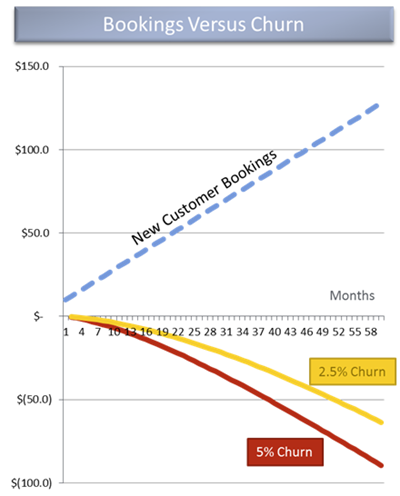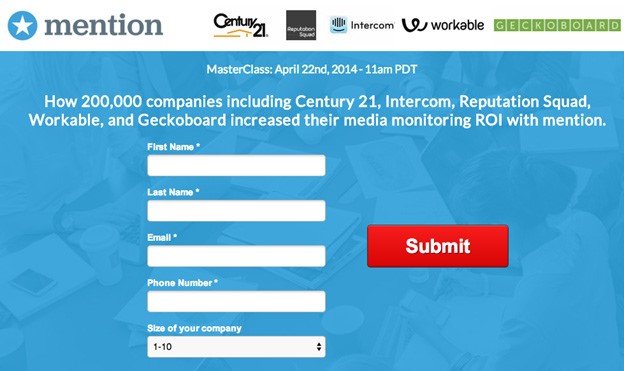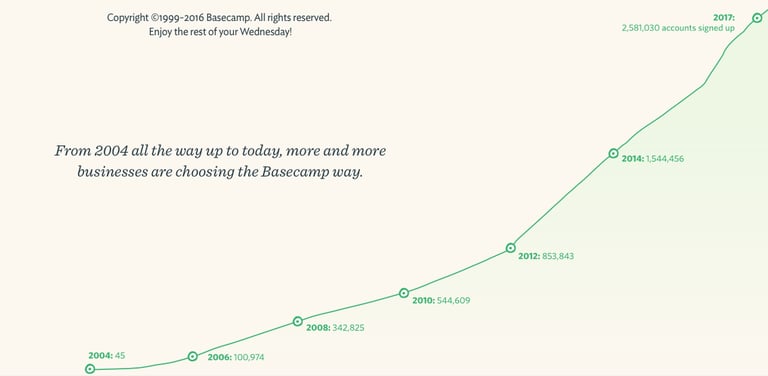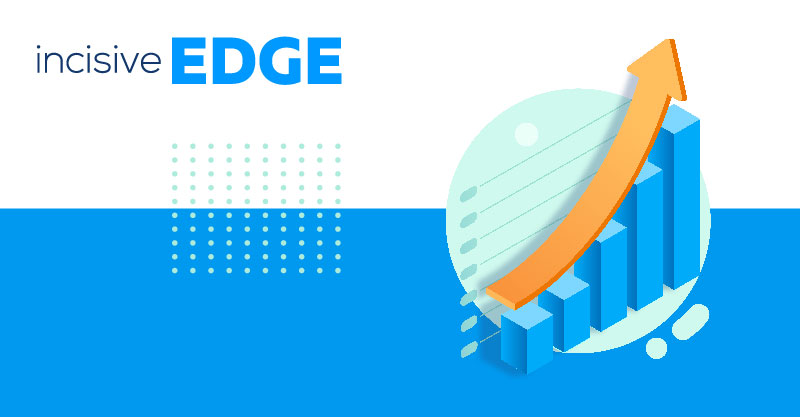As a SaaS entrepreneur looking to achieve growth, it’s highly likely that you’re focused on one thing above all else – acquiring new customers.
Of course, new customer acquisition is an important metric that must be tracked and improved upon by any means necessary. However, as this figure grows, another less welcome figure will also be growing in parallel – customer churn.
Just so there’s no confusion – customer churn (sometimes known as customer attrition, turnover or defection) is the term used to describe the loss of existing clients or customers.
For a SaaS company, optimising customer acquisition costs is crucial, but equally important is managing existing customer relationships. The battle against customer churn rate requires strategic use of project management software to uncover and address the root causes of dissatisfaction. This approach not only retains customers but also enhances customer lifetime value, ensuring sustained and profitable growth. Incorporating customer feedback becomes a linchpin in this process, providing valuable insights for continuous improvement.
Indeed, being in a position where your SaaS company is having to acquire new customers just to replace the ones that it’s losing is not a very good place to be. David Skok, writing in For Entrepreneurs, illustrates this point most eloquently.

We can see from Skok’s graph quite clearly the impact over time of customer churn rates even when they are as low as 2.5% or 5%.
> Check out the following articles to learn more about marketing for saas
- How to Innovate SaaS Marketing for 2023 and Beyond
- Conversion Rate Optimisation: 4 Saas Sign-up Issues
- Best way to maximise your SaaS spend with user onboarding
In the graph, new customer bookings, starting at £10k in the first month and increasing by £2k monthly, form a crucial foundation for our growth. While early-stage churn rates are relatively low, as Skok notes, "by the end of the fifth year, even with a 2.5% churn rate, we face a monthly loss of £64k, hard to replace with new bookings. At 5% churn, the loss jumps to £90k." To tackle this challenge, addressing churned customers and implementing proactive customer service is essential.
Put simply, SaaS companies cannot rely on new customer acquisition alone to achieve growth. Customer retention and optimizing the customer journey are equally important to reduce customer churn rates and sustain long-term growth. While customer acquisition is essential, it should be complemented with efforts to enhance customer satisfaction and loyalty through effective retention strategies.
How to Reduce Customer Churn for Your SaaS Product
SaaS business models rely on one important thing – customers renewing their subscriptions. This means that simply getting them to sign up isn’t enough – it’s your ability to retain those customers that counts.
So, how do you do this?
Below, we’ve got some top strategies that you can employ to start reducing customer churn for your SaaS product.
Increase Value by Providing Education
Inbound marketing tactics are often thought of as a means solely to attract new web visitors and create leads. But in fact, inbound marketing can and should be used at all stages of the customer journey – and that includes for the purposes of reducing customer churn.
Providing education is one of the core principles of good inbound marketing – and when it comes to reducing customer churn for your SaaS product, education can be a powerful weapon indeed.
You know your SaaS product inside and out. You know exactly where the value lies, and how users can extract this value. But the question is – do they?
If you’re experiencing uncomfortable levels of customer churn, then the chances are that users aren’t appreciating the value of your service, or otherwise they don’t know how to unlock it. So educate them.
Write blogs, white papers and eBooks; craft videos, infographics and tutorials; host webinars, training sessions and online demonstrations. And provide all of this information for free.
Education is the perfect means to guide your users through the ins and outs of your SaaS product and ensure that more of them stick around for the long haul.

(Image source: blog.kissmetrics.com)
Kissmetrics cites a case study where Mention – an application that tracks what internet users are saying about companies across the web – managed to reduce churn by 22% in one month through tactics that involved providing a Master Class webinar “demonstrating the ROI of media monitoring using concrete examples.”
When customers start slipping through the net, it’s time to remind everyone what the benefits are of using your product, and the value they will lose if they leave you.
Build Relationships
Extend beyond education; maintaining consistent and meaningful interaction with your core customer base is vital in the effort to reduce customers churn and accurately predict potential customer turnover. This ongoing engagement plays a pivotal role in cultivating strong relationships and enhancing customer loyalty, thereby contributing to a decrease in the overall churn rate.
The depth of connection with the existing customer base significantly influences their inclination to stay with the company in the long run. To fortify these relationships and address customers churn effectively, it is essential to proactively prioritise customer service initiatives.
If the only time you’re reaching out personally to your customers is for subscription renewals, then these customers are quickly going to start feeling undervalued. This is something that Zendesk – a customer service software company – thought long and hard about before deciding to build a Customer Account Management (CAM) team that was put in place for the precise purpose of nurturing customer relationships throughout their entire lifecycle.
As Zack Urlocker – a software expert that helped Zendesk achieve its CAM goals – explains:
“We defined a twelve-month program with regular check-ins, emails and phone calls to make sure customers were successful in using the product. The Customer Account Manager's role was to be proactive with customers, identify any issues that were getting in their way and build a relationship of value and trust. Through this relationship, we earned the right to additional expansion and upgrade opportunities within the customer and through referrals.”
Today, using marketing automation software such as HubSpot can save a marketing team hours upon hours completing repetitive, mundane tasks. The time that’s saved should be put into good effect, and building customer relationships should be a priority. Whether you do so through creating a special department, focussing on your social media output, your email campaigns, or any other channel is up to you. The important thing is that you invest the time in fostering strong relationships and build additional value into your service.
Provide Social Proof
Here’s another strong inbound marketing tactic that is transferrable to reducing customer churn.
Even your existing customers need to be reminded of the benefits of doing business with you, and that they are in the company of many other happy users of your service.
Social proof can be delivered at the same time as you work to develop your customer relationships. For example, sending out an email once a week (or month or what have you) to your existing customers thanking them for being part of your growing SaaS product family which now has X number of users kills two (proverbial) birds with one stone.
Basecamp is perhaps the best known SaaS company for employing a tactic like this. The company’s home page produces the following graph, showing just how many people use the service – a visual that at once works to attract new customers, and remind existing ones every time they visit that they are part of something that is growing all the time.

(Image source: basecamp.com)
Another great way to keep up with providing social proof is to create regular case studies and send them out to your existing customers. This way they will be able to see for themselves the long term benefits of staying with you, which will continue to entice them to renew their subscriptions, thusly reducing customer churn.
Back to You
Reducing customer churn is critical for growth. Inbound marketing tactics can be deployed in various ways to calculate churn rates and retain customers. However, the key is to keep the conversation going with your SaaS customers by providing great free resources, reminding them of the value of your service, and making customer relations an integral part of your business model. By doing so, you can create a positive customer experience and foster customer loyalty, which is crucial for reducing churn and sustaining long-term growth.









